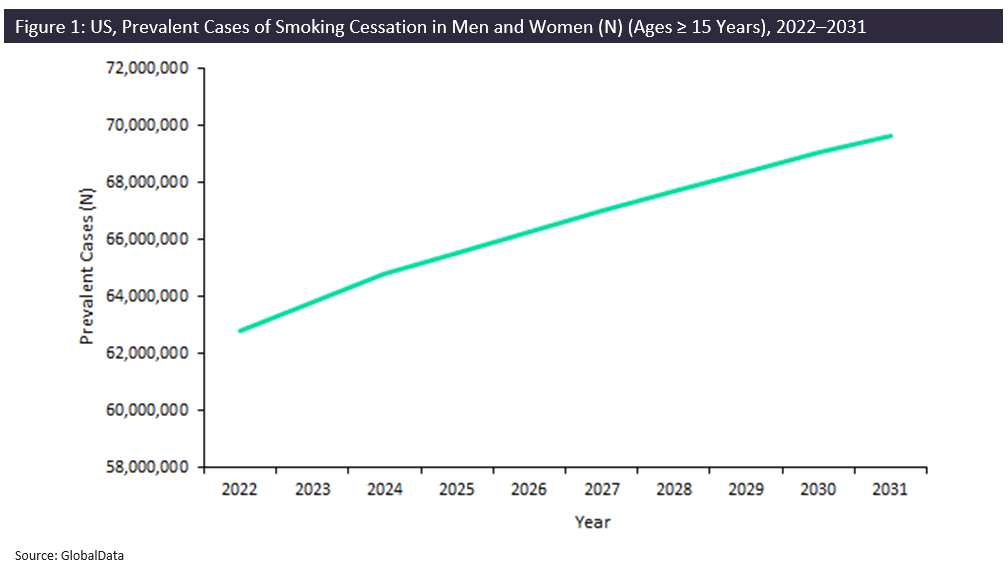Cigarette smoking harms nearly every organ in the body and increases the risk of developing more than 50 severe health conditions, including cancer, heart disease, and diabetes. Over the past decade, cigarette smoking has significantly declined among Americans suffering from major depressive episodes (MDE), substance use disorder (SUD), or both. This is a positive indication that smoking cessation efforts, which refers to activities such as media and educational campaigns, and other evidence-based strategies to reduce smoking, have successfully played a part in the hindrance of smoking in people with psychiatric conditions. Han and colleagues’ recent contribution to JAMA investigated the rate of self-reported smoking in adults suffering from MDE, SUD, or both in the US. Findings from this study suggest that reductions in smoking can be achieved in groups at higher risk of smoking through effective interventions and support and will likely continue to contribute to declines in smoking among the general population.
A recent US study published by Han and colleagues in JAMA measured the prevalence of past-month self-reported smoking among Americans with past-year MDE, SUD, or both versus those without any psychiatric disorders. A nationally representative sample of 558, 960 Americans ages 18 years and above were recruited into the cross-sectional study and followed from 2006 to 2019. Researchers found a statistically significant decline in self-reported smoking prevalence in adults with MDE, SUD, or co-occurring MDE and SUD over the 14-year study period, giving an average annual percentage change of -3.2%, -1.7%, and -2.1% respectively. This statistically significant decline in prevalence was seen across all age, sex, and race categories except for Indigenous Americans or Alaska Natives adults with either MDE or SUD. The study also found the difference in smoking prevalence between adults with MDE and those without declined significantly from 11.5% to 6.6% from 2006 to 2019. GlobalData epidemiologists estimate in the US, there will be just over 62 million prevalent cases of former smokers (also referred to as quitters) over the age of 15 years in both men and women due to smoking cessation efforts by the end of 2022. That number is projected to increase to nearly 70 million by 2031 (as shown in Figure 1). GlobalData epidemiologists expect this increasing trend in quitters to continue, especially as high-risk groups for smoking are showing signs of reduced smoking rates.
How well do you really know your competitors?
Access the most comprehensive Company Profiles on the market, powered by GlobalData. Save hours of research. Gain competitive edge.

Thank you!
Your download email will arrive shortly
Not ready to buy yet? Download a free sample
We are confident about the unique quality of our Company Profiles. However, we want you to make the most beneficial decision for your business, so we offer a free sample that you can download by submitting the below form
By GlobalData
The significant decline in cigarette smoking in the general population of the US is a public health triumph. A large part of this success can be attributed to smoking cessation efforts that should continue to be prioritized, along with support for adults with psychiatric disorders who are more likely to smoke, as the study has shown. This study also highlights the racial disparities in cigarette smoking and the need to expand prevention strategies to Indigenous Americans and Alaska Natives.





